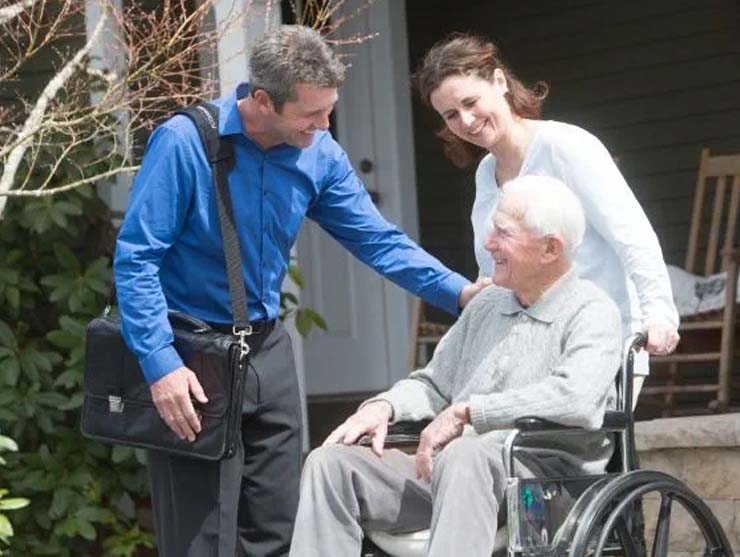For any child, a separation of even a day or two from a parent can be challenging. Military families are in an even more trying situation. Children with family members deployed or awaiting possible deployment in the military need support and reassurance that their loved ones will be safe and return home soon. Some of the best support for these children comes in the form of planned activities and rituals that celebrate the relationship and help them stay connected to their loved ones.
How to help a child with separation anxiety
For any child, a separation of even a day or two from a parent can be challenging. Military families are in an even more trying situation. Children with family members deployed or awaiting possible deployment in the military need support and reassurance that their loved ones will be safe and return home soon. Some of the best support for these children comes in the form of planned activities and rituals that celebrate the relationship and help them stay connected to their loved ones.
- Empathize with your child and validate the feelings that what they are going through is hard and that you are here to help each step of the way.
- Create a "while you are away" journal or portfolio. This creative resource can include everything from daily thoughts and musings, drawings, collages, collections of objects, and photographs.
- Mark a calendar and begin a countdown. Circling the return date, if known, creates a sense of a journey with an ending.
- Communicate via e-mails, phone calls, and notes.
- Plant a flower, tree, or garden.
- Put together a photo or video diary of life at home to share when you return.
- Do chores around the home to help out the parent or guardian who isn’t deployed.
- Use special stationery to write notes to you.
- Send mementos for you to carry on deployment.
- Hang a bird feeder and keep track of the different birds that come while you are gone.
How deployed parents can stay connected with their children
- Send inexpensive gifts so they know you’re thinking about them.
- Collect coins, photographs of places or people, postcards, flags, natural materials such as stones, pinecones, or anything that has a sense of place for your child.
- Keep track of where you are on a map or globe. Your child can also track where they are (home, school, at Grandma’s, etc.)
- Store “treasures” in a keepsake box to show when you get back.
- Read the same book as your child and share your thoughts with them by e-mail, phone, or notes.
- Track the weather where you are.
- Look at your child’s picture and/or a special memento from your child every night before you go to sleep.
- Tell your child a story (when and if you can communicate) over the phone. Telling a bedtime story, even over the phone, creates a sense of comfort and normalcy for your child.
When you are back together
- Create rituals around the activities you chose to do while separated—the collections, the diaries, the gift basket, and so on—and make each activity special. Spread them out over a few days.
- Allow for some special time alone with each family member to welcome you back and readjust to the new dynamic.
- Have some family meals where everyone has a role in preparation (and clean up).
Easing the pain of separation is possible with some planning and effort. But also remember not to overly force the issue. Sometimes the best laid plans can fall apart or aren’t always possible to carry out. These activities are meant to be fun and relaxing for your children. Allow them to engage with whatever modes of communication and connection bring them a sense of comfort and joy while their parent is serving overseas. In doing so, you turn a difficult situation into an opportunity for engagement, enjoyment, and a deepening emotional bond between your child and their deployed parent.





